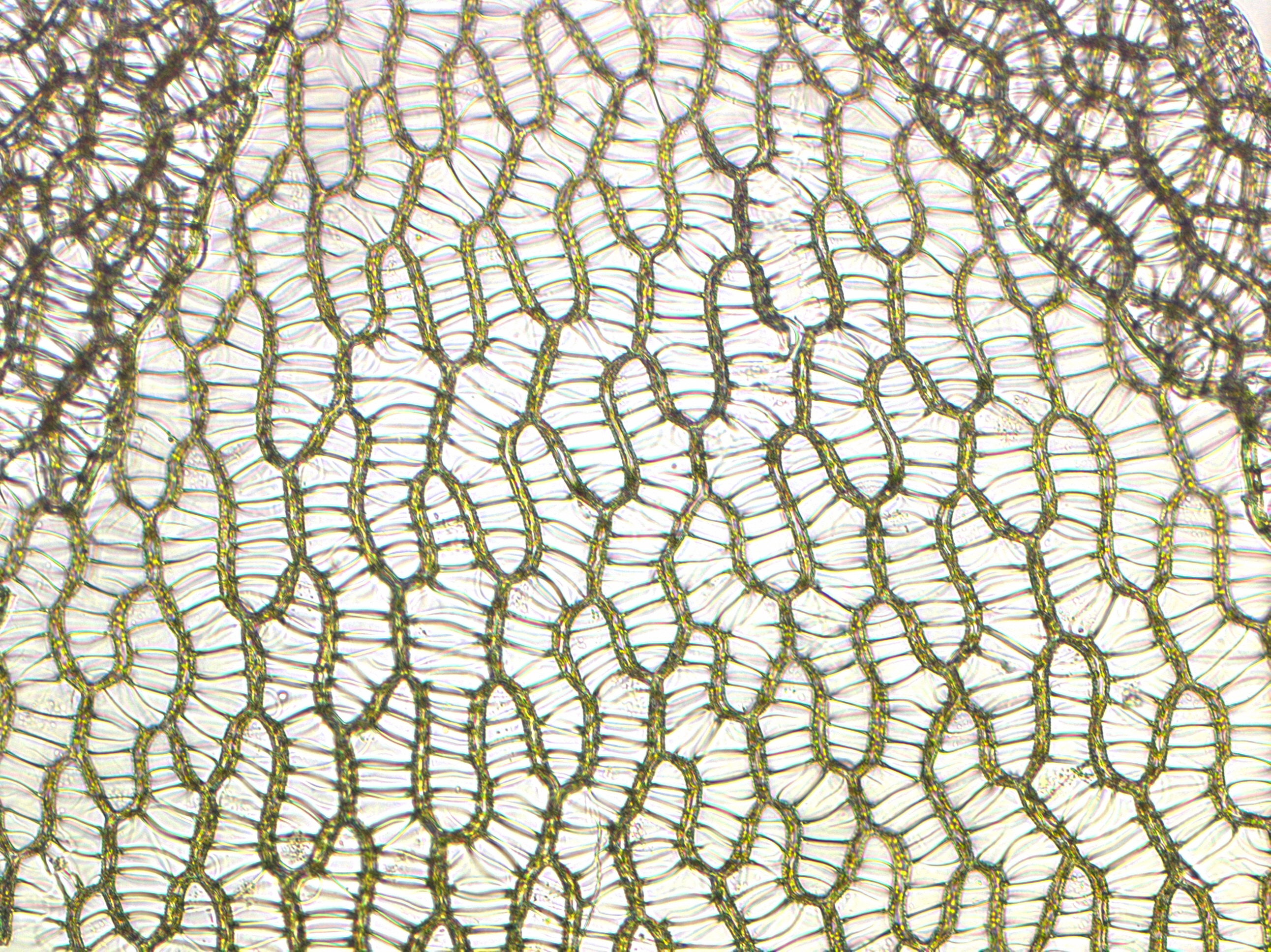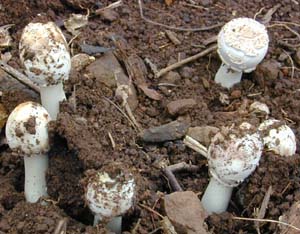|
Lactarius Theiogalus
''Lactarius tabidus'' (also ''Lactarius theiogalus'', and formerly ''Lactarius chrysorheus'' and ''Lactarius hepaticus''), commonly known as the birch milkcap, is an inedible mushroom of the genus ''Lactarius (fungus), Lactarius''. It can be found in North America and Europe, and grows at the base of pine tree, pine in Autumn. Its white milk stains fabric a sulphur yellow, from which its specific name (botany), specific epithet derives. Taxonomy The original description of ''L. tabidus'' has been various ascribed to Elias Magnus Fries, and to Pierre Bulliard, while the synonymous specific name (botany), specific name ''L. theiogalus'' is variously credited to Fries and Samuel Frederick Gray. The name ''theiogalus'' is from the Ancient Greek for "sulphur, brimstone" (sulphur) and "latex, milk". The mushroom has also been named ''L. chrysorrheus'' by Lucien Quélet, based on Fries's description, and ''Lactarius hepaticus'', with the authority cited to Charles Bagge P ... [...More Info...] [...Related Items...] OR: [Wikipedia] [Google] [Baidu] |
Elias Magnus Fries
Elias Magnus Fries (15 August 1794 – 8 February 1878) was a Swedish mycologist and botanist. He is sometimes called the Mycology, "Linnaeus of Mycology". In his works he described and assigned botanical names to hundreds of fungus and lichen species, many of which remain authoritative today. Career Fries was born at Femsjö (Hylte Municipality), Småland, the son of the pastor there. He attended school in Växjö. He acquired an extensive knowledge of flowering plants from his father. In 1811 Fries entered Lund University where he studied under Carl Adolph Agardh and Anders Jahan Retzius. He obtained his doctorate in 1814. In the same year he was appointed an associate professorship in botany. Fries edited several exsiccata series, the first starting in 1818 under the title ''Lichenes Sveciae exsiccati, curante Elia Fries'' and the last together with Franz Joseph Lagger under the title ''Hieracia europaea exsiccata''. He was elected a member of the Royal Swedish Academ ... [...More Info...] [...Related Items...] OR: [Wikipedia] [Google] [Baidu] |
Lactarius Chrysorrheus
''Lactarius chrysorrheus'' (sometimes spelt ''Lactarius chrysorheus'') is a member of the genus ''Lactarius'', whose many members are commonly known as milkcaps. It has recently been given the English (common) name of the yellowdrop milkcap. It is pale salmon in color, poisonous, and grows in symbiosis with oak trees. Taxonomy First described by the Swedish father of modern mycology Elias Magnus Fries. The specific epithet is derived from the Ancient Greek words "golden", and "stream". Common names include yellow milkcap, and yellowdrop milkcap. Description The cap is in diameter. It is pale salmon, or rosy, with darker markings arranged in rough rings, or bands. At first it is convex, but later flattens, and eventually has a small central depression. It is often somewhat lobed at the edge, and is smooth, with a hairless margin. The whitish to pale buff stipe sometimes has a pink flush on the lower half. It is hollow, cylindrical, or with a slightly swollen base. The gil ... [...More Info...] [...Related Items...] OR: [Wikipedia] [Google] [Baidu] |
Fungi Of North America
A fungus (: fungi , , , or ; or funguses) is any member of the group of eukaryotic organisms that includes microorganisms such as yeasts and molds, as well as the more familiar mushrooms. These organisms are classified as one of the traditional eukaryotic kingdoms, along with Animalia, Plantae, and either Protista or Protozoa and Chromista. A characteristic that places fungi in a different kingdom from plants, bacteria, and some protists is chitin in their cell walls. Fungi, like animals, are heterotrophs; they acquire their food by absorbing dissolved molecules, typically by secreting digestive enzymes into their environment. Fungi do not photosynthesize. Growth is their means of mobility, except for spores (a few of which are flagellated), which may travel through the air or water. Fungi are the principal decomposers in ecological systems. These and other differences place fungi in a single group of related organisms, named the ''Eumycota'' (''true fungi'' or ''Eum ... [...More Info...] [...Related Items...] OR: [Wikipedia] [Google] [Baidu] |
Fungi Of Europe
A fungus (: fungi , , , or ; or funguses) is any member of the group of eukaryotic organisms that includes microorganisms such as yeasts and mold (fungus), molds, as well as the more familiar mushrooms. These organisms are classified as one of the kingdom (biology)#Six kingdoms (1998), traditional eukaryotic kingdoms, along with Animalia, Plantae, and either Protista or Protozoa and Chromista. A characteristic that places fungi in a different kingdom from plants, bacteria, and some protists is chitin in their cell walls. Fungi, like animals, are heterotrophs; they acquire their food by absorbing dissolved molecules, typically by secreting digestive enzymes into their environment. Fungi do not photosynthesize. Growth is their means of motility, mobility, except for spores (a few of which are flagellated), which may travel through the air or water. Fungi are the principal decomposers in ecological systems. These and other differences place fungi in a single group of related o ... [...More Info...] [...Related Items...] OR: [Wikipedia] [Google] [Baidu] |
Fungi Described In 1838
A fungus (: fungi , , , or ; or funguses) is any member of the group of eukaryotic organisms that includes microorganisms such as yeasts and molds, as well as the more familiar mushrooms. These organisms are classified as one of the traditional eukaryotic kingdoms, along with Animalia, Plantae, and either Protista or Protozoa and Chromista. A characteristic that places fungi in a different kingdom from plants, bacteria, and some protists is chitin in their cell walls. Fungi, like animals, are heterotrophs; they acquire their food by absorbing dissolved molecules, typically by secreting digestive enzymes into their environment. Fungi do not photosynthesize. Growth is their means of mobility, except for spores (a few of which are flagellated), which may travel through the air or water. Fungi are the principal decomposers in ecological systems. These and other differences place fungi in a single group of related organisms, named the ''Eumycota'' (''true fungi'' or ''Eumycete ... [...More Info...] [...Related Items...] OR: [Wikipedia] [Google] [Baidu] |
Inedible Fungi
{{Short pages monitor ... [...More Info...] [...Related Items...] OR: [Wikipedia] [Google] [Baidu] |
Lactarius
''Lactarius'' is a genus of mushroom-producing, ectomycorrhizal fungi, containing several Edible mushroom, edible species. The species of the genus, common name, commonly known as milk-caps, are characterized by the milky fluid ("latex") they exude when cut or damaged. Like the closely related genus ''Russula'', their flesh has a distinctive brittle consistency. It is a large genus with over 500 known species, mainly distributed in the Northern hemisphere. Recently, the genus ''Lactifluus'' has been separated from ''Lactarius'' based on Molecular phylogenetics, molecular phylogenetic evidence. Systematics and taxonomy The genus ''Lactarius'' was described by Christian Hendrik Persoon in 1797 with ''Lactifluus piperatus, L. piperatus'' as the original type species. In 2011, ''Lactarius torminosus, L. torminosus'' was accepted as the new type of the genus after the splitting-off of ''Lactifluus'' as separate genus. The name "''Lactarius''" is derived from the Latin ''wikt:lac#Lati ... [...More Info...] [...Related Items...] OR: [Wikipedia] [Google] [Baidu] |
List Of Lactarius Species
The fungal genus '' Lactarius'' comprises about 636 species worldwide. The type species In International_Code_of_Zoological_Nomenclature, zoological nomenclature, a type species (''species typica'') is the species name with which the name of a genus or subgenus is considered to be permanently taxonomically associated, i.e., the spe ... is '' Lactarius torminosus''. Probably the best known and most widely eaten is '' Lactarius deliciosus''. A large number of species were split into the genus '' Lactifluus'' based on molecular phylogenetic evidence. Key Species English names References Footnotes Citations Sources * * * * *{{cite web , url=http://www.fungi4schools.org/Reprints/ENGLISH_NAMES.pdf , title=Recommended English Names for Fungi in the UK , publisher= British Mycological Society , url-status=dead , archive-url=https://web.archive.org/web/20110716083053/http://www.fungi4schools.org/Reprints/ENGLISH_NAMES.pdf , archive-date=2011-07-16 * Lactarius ... [...More Info...] [...Related Items...] OR: [Wikipedia] [Google] [Baidu] |
Sphagnum
''Sphagnum'' is a genus of approximately 380 accepted species of mosses, commonly known as sphagnum moss, also bog moss and quacker moss (although that term is also sometimes used for peat). Accumulations of ''Sphagnum'' can store water, since both living and dead plants can hold large quantities of water inside their cells; plants may hold 16 to 26 times as much water as their dry weight, depending on the species.Bold, H. C. 1967. Morphology of Plants. second ed. Harper and Row, New York. p. 225–229. The empty cells help retain water in drier conditions. As ''Sphagnum'' moss grows, it can slowly spread into drier conditions, forming larger mires, both raised bogs and blanket bogs. Thus, ''Sphagnum'' can influence the composition of such habitats, with some describing ''Sphagnum'' as 'habitat manipulators' or 'autogenic ecosystem engineers'. These peat accumulations then provide habitat for a wide array of peatland plants, including sedges and Calcifuge, ericaceous shrubs, as ... [...More Info...] [...Related Items...] OR: [Wikipedia] [Google] [Baidu] |
Great Britain
Great Britain is an island in the North Atlantic Ocean off the north-west coast of continental Europe, consisting of the countries England, Scotland, and Wales. With an area of , it is the largest of the British Isles, the List of European islands by area, largest European island, and the List of islands by area, ninth-largest island in the world. It is dominated by a maritime climate with narrow temperature differences between seasons. The island of Ireland, with an area 40 per cent that of Great Britain, is to the west – these islands, along with over List of islands of the British Isles, 1,000 smaller surrounding islands and named substantial rocks, comprise the British Isles archipelago. Connected to mainland Europe until 9,000 years ago by a land bridge now known as Doggerland, Great Britain has been inhabited by modern humans for around 30,000 years. In 2011, it had a population of about , making it the world's List of islands by population, third-most-populous islan ... [...More Info...] [...Related Items...] OR: [Wikipedia] [Google] [Baidu] |
Poisonous Mushroom
Mushroom poisoning is poisoning resulting from the ingestion of mushrooms that contain toxic substances. Symptoms can vary from slight gastrointestinal discomfort to death in about 10 days. Mushroom toxins are secondary metabolites produced by the fungus. Mushroom poisoning is usually the result of ingestion of wild mushrooms after misidentification of a toxic mushroom as an edible species. The most common reason for this misidentification is a close resemblance in terms of color and general morphology of the toxic mushrooms species with edible species. To prevent mushroom poisoning, mushroom gatherers familiarize themselves with the mushrooms they intend to collect, as well as with any similar-looking toxic species. The safety of eating wild mushrooms may depend on methods of preparation for cooking. Some toxins, such as amatoxins, are thermostable and mushrooms containing such toxins will not be rendered safe to eat by cooking. Signs and symptoms Poisonous mushrooms contai ... [...More Info...] [...Related Items...] OR: [Wikipedia] [Google] [Baidu] |
Pan Books
Pan Books is a British publishing imprint that first became active in the 1940s and is now part of the British-based Macmillan Publishers, owned by the Georg von Holtzbrinck Publishing Group of Germany. History Pan Books began as an independent publisher, established in 1944 by Alan Bott, previously known for his memoirs of his experiences as a flying ace in the First World War. The Pan Books logo, showing the ancient Greek god Pan playing pan-pipes, was designed by Mervyn Peake. The later version was by Edward Young who also designed the logo for Penguin. A few years after it was founded, Pan Books was bought out by a consortium of several publishing houses, including Macmillan, Collins, Heinemann, and briefly, Hodder & Stoughton. It became wholly owned by Macmillan in 1987. Pan specialised in publishing paperback fiction and, along with Penguin Books, was one of the first popular publishers of this format in the UK. Many popular authors saw their works given paperb ... [...More Info...] [...Related Items...] OR: [Wikipedia] [Google] [Baidu] |






